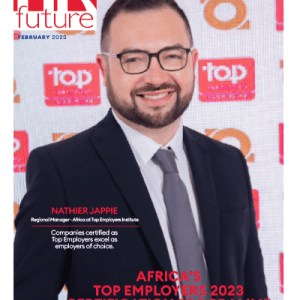One of the most important parts of a successful job hunt is having a good CV.
After all, your CV is usually the first piece of substantial information your recruiter or potential employer will receive about you – so it deserves some careful thought. But how do you make sure you cut through the noise of CVs from all other competing applicants? Here are our ten top best practices:
1. Don’t lie. Never lie about the experience you’ve gained or the positions you’ve held. Even if you do end up getting the job, this could come back to haunt you if are out of your depth in the role. Be honest about your abilities, and if you do feel you’re lacking in a certain area, you can acknowledge this in the interview and then spin it positively – for example by emphasising your motivation and enthusiasm.
2. Include all the basics. Always include your personal and contact details, work experience, core skills and trustworthy references.
3. Keep it professional. A CV is all about you and your career – it’s not a personal biography. Leave out personal information that’s not directly relevant to the position you’re applying for, such as your family set up or marital status.
4. Short and sweet is always best. The résumé – the American version of the CV – is strictly limited to one page only. While that’s not necessarily the case with a CV, you should still keep it as short as you can, at two pages or less. To do this, cherry pick your most impressive skills and work experience, and leave out any unnecessary facts that don’t directly apply to the role. If your employer wants to know more, they can always ask for more details during the interview.
5. Include a summary sentence. Most employers and recruiters are inundated with CVs, so they’ll probably skim them initially rather than reading in detail. To cater for this, include a summary sentence at the beginning that sums up your abilities and skills in a succinct way.
6. Customise it. You should ideally tailor your CV to the specific job you’re applying for. This means emphasising certain work experience, attributes or previous positions that are related to that particular job description. Start with a general template and then tweak it as necessary for every different job you apply for.
7. Keep it up to date. Regularly check that the dates, number of years’ experience, contact details and reference details on your CV are correct, and update it with any recent courses or qualifications you’ve completed.
8. Check your grammar and spelling. This may be obvious, but double and then triple check that the document is free from grammatical and spelling errors. To make extra sure, print it out and have someone else read it carefully.
9. Make it easy to read. Choose a simple font that’s big enough to read clearly, especially when your CV is printed out. Watch the line spacing, and keep sentences and paragraphs short – where possible, use bullet points instead.
10. Don’t forget the cover letter! Make sure that you include a message that catches the recipient’s attention to open your CV in the first place. Avoid sending a very generic email: the message should be as specific as possible to the person you’re sending it to.
If you follow the tips above, you can feel satisfied that you’ve done everything you can to bag that first interview with your potential employer. And if you don’t get called, don’t lose heart. Job hunting is a numbers game, so keep applying, while tapping into your personal and professional network wherever possible. Stay focused, and eventually you’ll land that dream job that’s completely right for you.
Provided by Fedhealth.
Sources:
https://www.careers24.com/career-advice/interview-tips/how-to-create-a-great-cv-20140701
https://mywage.co.za/main/work-smart/job-search/cvfolder









